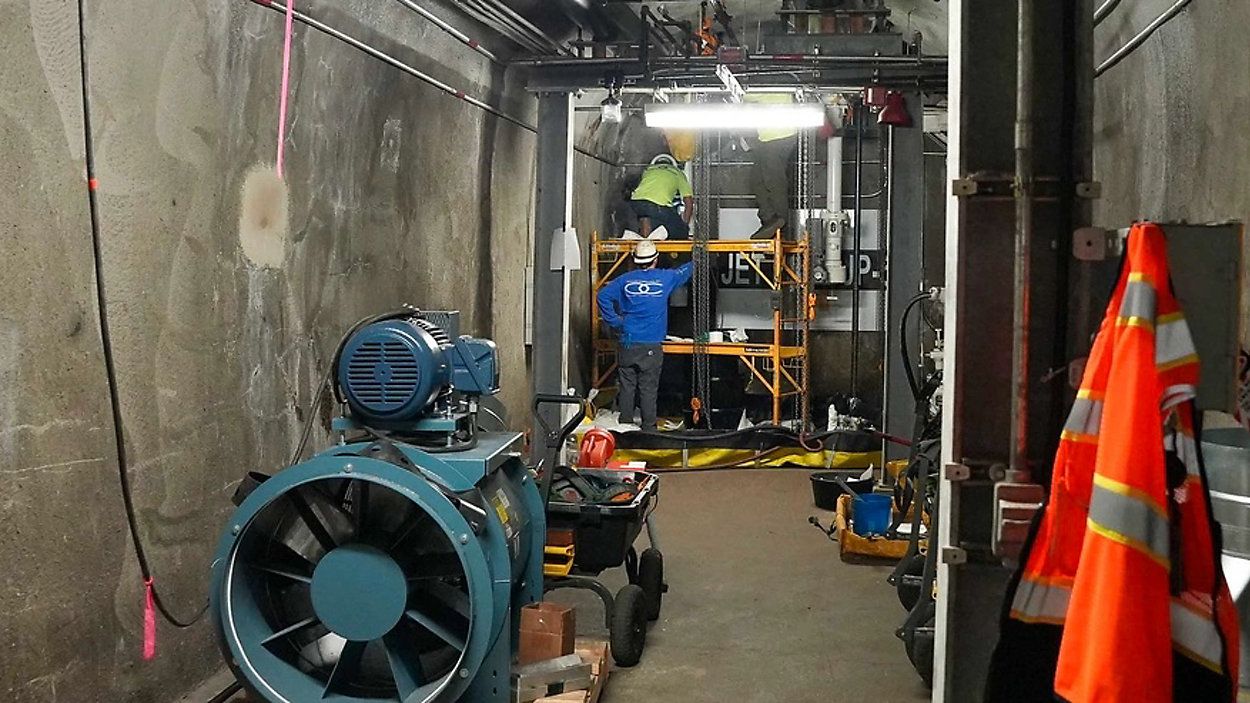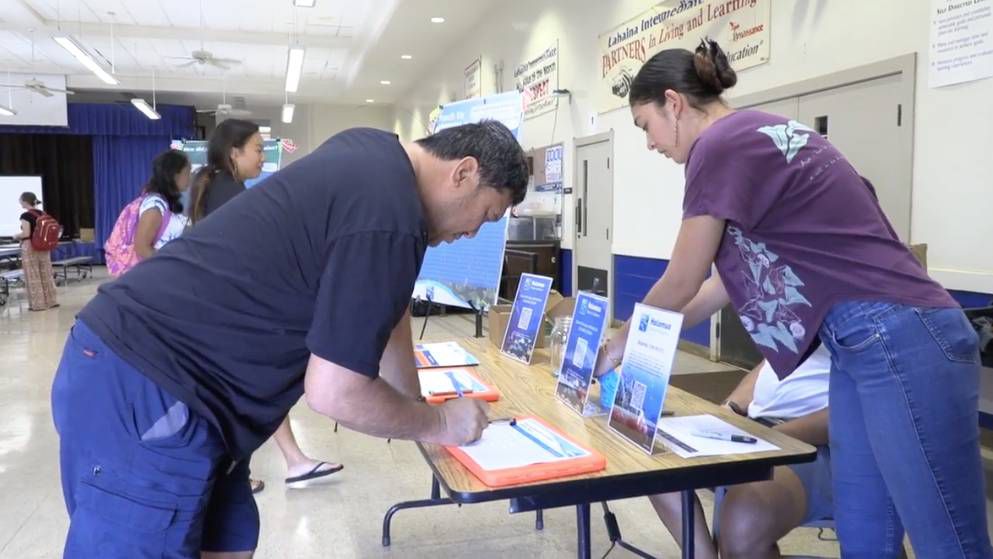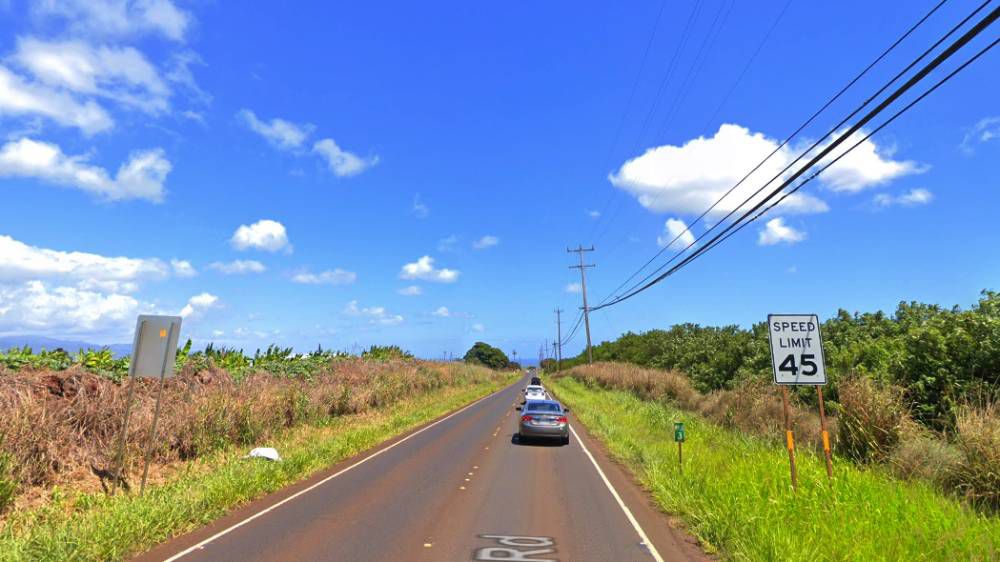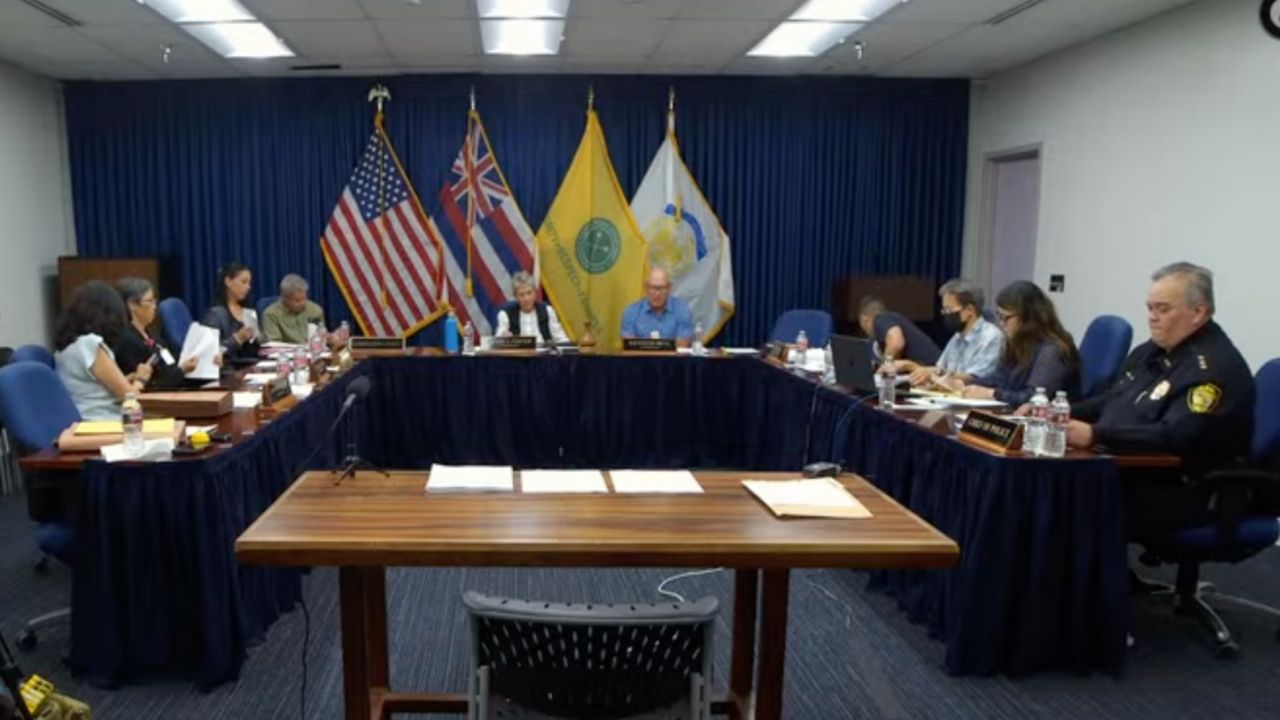PEARL HARBOR, Hawaii — Personnel from the Navy Closure Task Force-Red Hill are scheduled to begin cleaning a second set of fuel tanks at the Red Hill Bulk Fuel Storage Facility on Sept. 4.
The first step involves venting (or degassing) tank 6 to eliminate volatile compounds, the same process previously used for tanks 7 and 8. The venting is achieved by pushing clean air from the bottom of the tank and releasing it through a complex ventilation system, thereby ensuring a safe working environment within the tank. Personnel also take steps to keep outside air from being contaminated, according to the task force.
“To date, the air quality emissions levels from venting have remained within state emission limits,” said Rear Adm. Marc Williams, NCTF-RH deputy commander. “The team will remain deliberate with safety measures to ensure ventilation of the tanks is done in a manner that will not pose a risk to human health as we move forward with tanks 5 and 6.”
NCTF-RH installed nine air quality monitoring stations in and around the facility, including at the Halawa Correctional Facility, to track changes in air quality, measure potential volatile organic compound levels, and collect atmospheric data including air speed, wind direction, temperature, humidity, barometric pressure.
NCTF-RH continuously monitors the air quality to ensure emissions from ventilation are maintained at less than the Hawaii Department of Health’s limit of 38 parts per million by volume total volatile organic compounds.
During the degassing phase, air quality monitoring data will be updated hourly on the NCTF-RH mobile app, and daily on the NCTF-RH website. The data will be updated daily during ventilation operations.
The task force said it has a series of fail-safes and redundancies to mitigate risk and safeguard the area around the tanks. In the event that volatile organic compound levels exceed the DOH limit during operations, NCTF-RH will alert regulators, Hawaii Emergency Management Agency and the Honolulu Department of Emergency Management. The public will also be notified via the NCTF-RH app, website and a press release to the media. Anyone with questions or concerns may contact the Navy Call Center at 808-210-6968.
For more information about NCTF-RH, visit navyclosuretaskforce.navy.mil or download the free mobile app by searching for “NCTF-Red Hill” in the Apple App store or Google Play store.
Michael Tsai covers local and state politics for Spectrum News Hawaii. He can be reached at michael.tsai@charter.com.











0718)